
hotline:
17715390137
Tel/Wechat:
18101240246 (Technology)
0512-68565571
Email:mxenes@163.com (Sales Engineer)bkxc.bonnie@gmail.com
Scan the code to follow or search the official account on WeChat:
2D Materials Fronrier After paying attention,
click on the lower right corner to contact us,
Enter enterprise WeChat.
Professional Services Online

【Research Background】
Currently, sodium (Na), potassium (K), magnesium (Mg), aluminum (Al) and other ion batteries have received great attention because of their rich and low-cost raw material resources, and are expected to be used in large-scale energy storage systems. In these batteries, K/K+ has a low standard hydroxide reduction potential (-2.92 V vs. her) relative to sodium, magnesium, aluminum, etc., and is close to Li/Li+ (-3.04 V vs. her), making potassium ion batteries theoretically Can operate in a wider potential window, thus providing higher energy density.
【Achievement Introduction】
Recently, a team of professor Wu Xinming from Xi‘an Technological University published a research paper titled Interstratification-assembled 2D black phosphorene and V2CTx MXene as superior anodes for boosting potassium-ion storage in the internationally renowned academic journal Journal of Materials Chemistry A. In this paper, black phosphorene is combined with V2C to prepare a negative electrode with excellent potassium storage capacity.
【Graphic introduction】
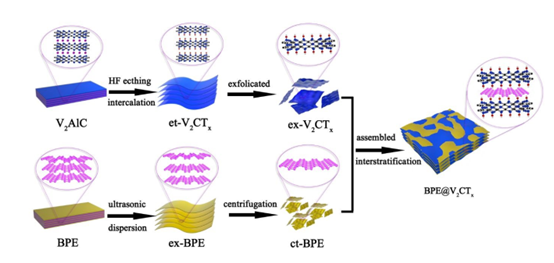
Figure 1. Schematic description of the synthesis process of V2CTx.
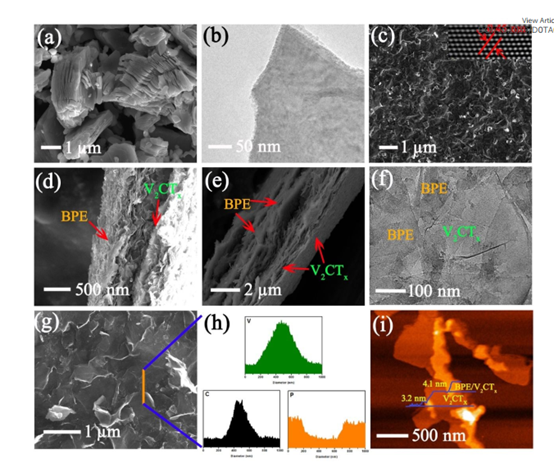
Figure 2. Characterization by electron microscope (SEM, TEM) and atomic force microscope (AFM).
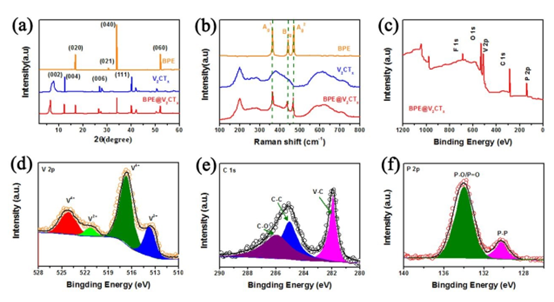
Figure 3. XRD, Raman and XPS physical characterization.
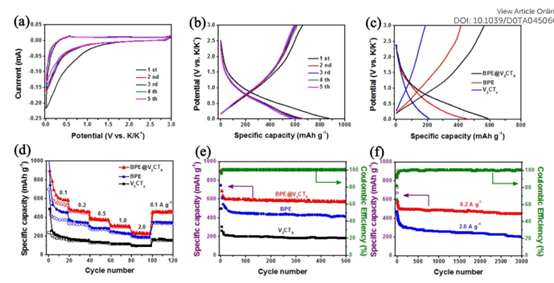
Figure 4. Electrochemical performance test of BPE@V2CTx composite electrode.
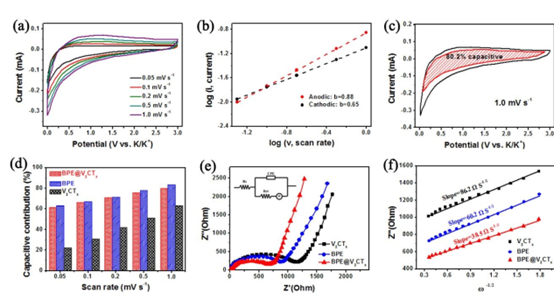
Figure 5. Kinetic analysis of potassium storage of BPE@V2CTx composite electrode.
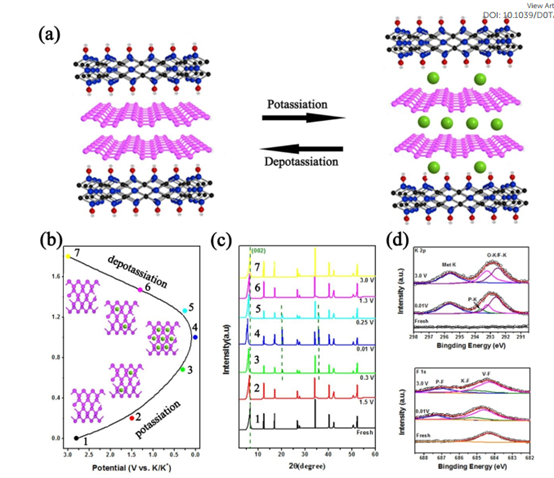
Figure 6. BPE@V2CTx composite electrode potassium storage process.
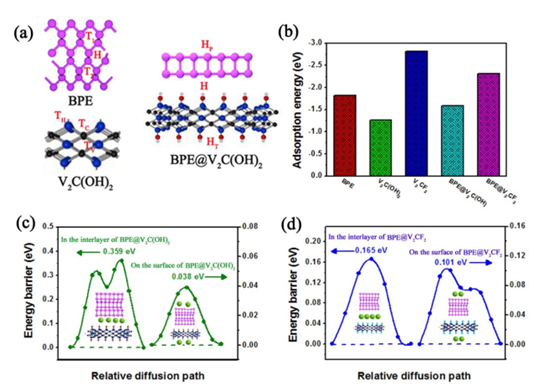
Figure 7. BPE@V2CTx theoretical calculation of anode potassium ion adsorption and diffusion.
【Summary of this article】
In summary, this paper uses the 2D high conductivity of V2CTx and the high capacity of BPE to design a BPE@V2CTx hybrid anode through interlayer assembly strategy to promote the storage of potassium ions. The hybrid anode has a significant synergy, achieving a higher reversible capacity of 593.6 mAh g-1 at the level of 0.1 A g-1, much higher than V2CTx (210 mAh g-1), and achieving a high reversible capacity after 500 cycles 570 mAh 0.1 A g-1 and good cycle stability (after 3000 cycles at a current density of 0.2/2.0 A g-1 with a specific capacity of 485/261 mAh g-1 to achieve 91%, 86% capacity retention rate).
Literature link: DOI: 10.1039/D0TA04506C
Source: MXene Frontie
This information comes from the Internet for academic exchange only. If there is any infringement, please contact us to delete it immediately

| Reminder: Beijing Beike New Material Technology Co., Ltd. supplies products only for scientific research, not for humans |
| All rights reserved © 2019 beijing beike new material Technology Co., Ltd 京ICP备16054715-2号 |